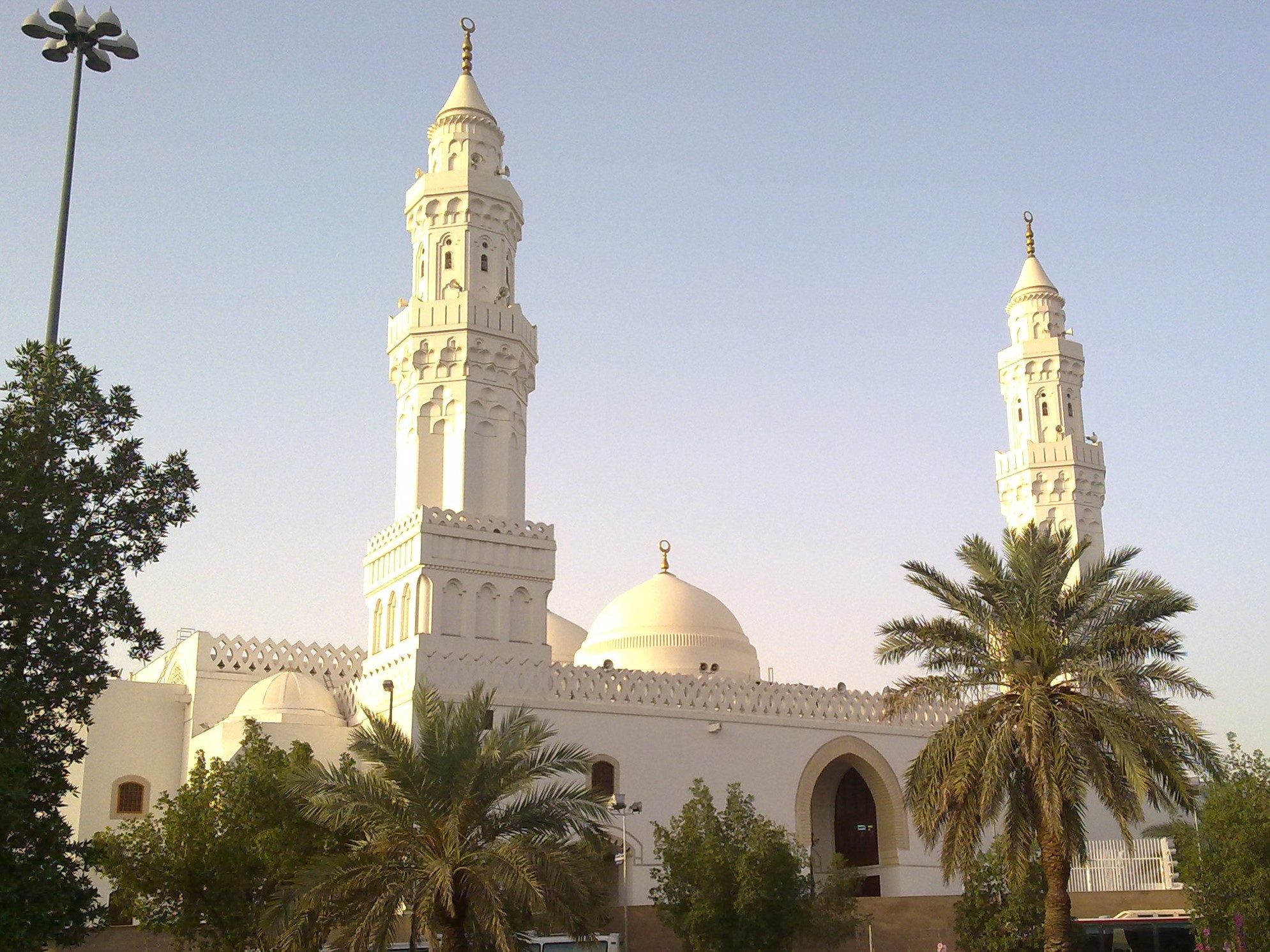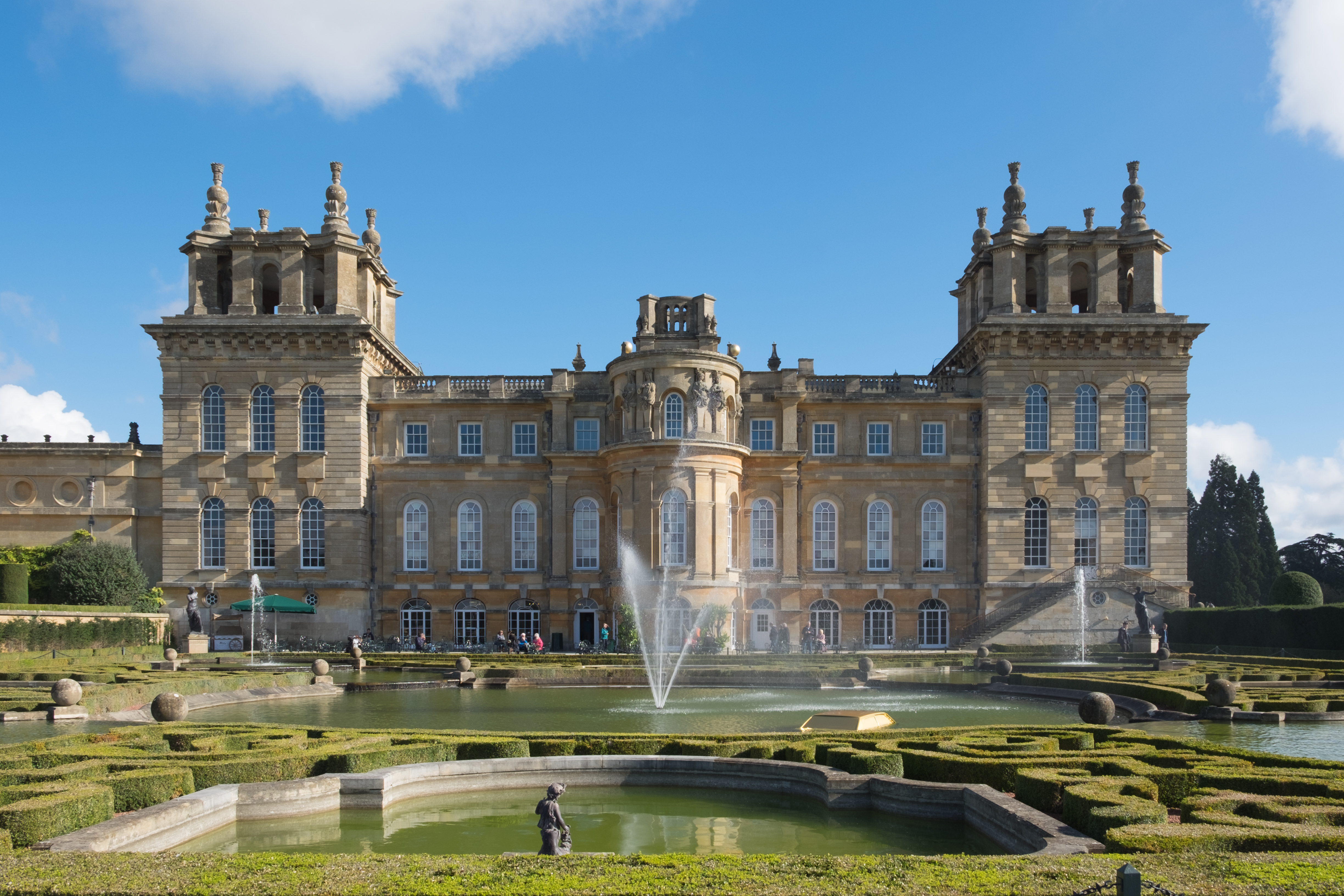|
Halawa House
The Halawa House or Agamy Beach House is a house located in Agami, Egypt that incorporates traditional Islamic and Egyptian prototypes. The project was completed in 1975 by Abdel-Wahed El-Wakil and was among the first recipients of the Aga Khan Award for Architecture in 1980. It is named after the project's client, Esmat Ahmed Halawa. The project was conceived as a method to bridge traditional forms and indigenous elements into a functional design for modern living. History Agami is a seaside resort near Alexandria. Most of the housing projects in the area were bungalows of a low standard of quality. Running water and electricity are available, but no sewage. As the area is generally populated by the Bedouins, who have limited knowledge of the construction trade. Over time, plot sizes have generally shrunk, leading to limits on privacy. Design and construction The house is built on a narrow plot of land, which is consistent with plot sizes in Agami. Although usually con ... [...More Info...] [...Related Items...] OR: [Wikipedia] [Google] [Baidu] |
Agami
Agami ( arz, العجمى ', mostly shortened to , ;, ) is a city in the Alexandria Governorate of Egypt. west of Alexandria, the town is a popular destination for both local Alexandrians and tourists in Giza and Cairo. Overview The city started as a compound for the elite class of Egypt in the 1950s. The city is a popular local tourist destination for middle-class Egyptians, famous for its turquoise waters. The city also has a number of monuments, including a French fort built during the French campaign in Egypt under Napoleon Bonaparte, and also has several watch towers built during the Ottoman era. The city was also a famous hunting spot in the early 1940s for hunting turtles, doves, and quails. Climate Köppen-Geiger climate classification system classifies its climate as hot desert (BWh), but prevailing Mediterranean Sea winds highly moderate the temperatures, which is similar to the rest of the northern coast of Egypt. Its climate is very similar to Alexandria Al ... [...More Info...] [...Related Items...] OR: [Wikipedia] [Google] [Baidu] |
Egypt
Egypt ( ar, مصر , ), officially the Arab Republic of Egypt, is a transcontinental country spanning the northeast corner of Africa and southwest corner of Asia via a land bridge formed by the Sinai Peninsula. It is bordered by the Mediterranean Sea to the north, the Gaza Strip of Palestine and Israel to the northeast, the Red Sea to the east, Sudan to the south, and Libya to the west. The Gulf of Aqaba in the northeast separates Egypt from Jordan and Saudi Arabia. Cairo is the capital and largest city of Egypt, while Alexandria, the second-largest city, is an important industrial and tourist hub at the Mediterranean coast. At approximately 100 million inhabitants, Egypt is the 14th-most populated country in the world. Egypt has one of the longest histories of any country, tracing its heritage along the Nile Delta back to the 6th–4th millennia BCE. Considered a cradle of civilisation, Ancient Egypt saw some of the earliest developments of writing, agriculture, ur ... [...More Info...] [...Related Items...] OR: [Wikipedia] [Google] [Baidu] |
Islam
Islam (; ar, ۘالِإسلَام, , ) is an Abrahamic religions, Abrahamic Monotheism#Islam, monotheistic religion centred primarily around the Quran, a religious text considered by Muslims to be the direct word of God in Islam, God (or ''Allah'') as it was revealed to Muhammad, the Muhammad in Islam, main and final Islamic prophet.Peters, F. E. 2009. "Allāh." In , edited by J. L. Esposito. Oxford: Oxford University Press. . (See alsoquick reference) "[T]he Muslims' understanding of Allāh is based...on the Qurʿān's public witness. Allāh is Unique, the Creator, Sovereign, and Judge of mankind. It is Allāh who directs the universe through his direct action on nature and who has guided human history through his prophets, Abraham, with whom he made his covenant, Moses/Moosa, Jesus/Eesa, and Muḥammad, through all of whom he founded his chosen communities, the 'Peoples of the Book.'" It is the Major religious groups, world's second-largest religion behind Christianity, w ... [...More Info...] [...Related Items...] OR: [Wikipedia] [Google] [Baidu] |
Abdel-Wahed El-Wakil
Abdel-Wahed El-Wakil ( ar, عبد الواحد الوكيل, born 7 August 1943) is an Egyptian architect who designed over 15 mosques in Saudi Arabia and is considered by many as the foremost contemporary authority in Islamic architecture. For designing in traditional styles, he is also a representative of New Classical Architecture. Life Education. El-Wakil's early education in Egypt was at the British schools of Victoria College and the English School. In 1960, he obtained his GCE and graduated with a distinction in Applied Mathematics, Art, Physics, and Chemistry. In the same year, he joined the Faculty of Engineering at Ain Shams University and in 1965 acquired his BSc in Architecture with Distinction and First Honours Degree. It was while studying for his degree that El-Wakil became acquainted with the writings of English critic John Ruskin. Ruskin's descriptions of what he termed an "arborescent" quality in architecture (a bold structure of decoration, legible at a ... [...More Info...] [...Related Items...] OR: [Wikipedia] [Google] [Baidu] |
Aga Khan Award For Architecture
The Aga Khan Award for Architecture (AKAA) is an architectural prize established by Aga Khan IV in 1977. It aims to identify and reward architectural concepts that successfully address the needs and aspirations of Muslim societies in the fields of contemporary design, social housing, community development and improvement, restoration, reuse and area conservation, as well as landscape design and improvement of the environment.Aga Khan Award for Architecture ." ''ArchitectureWeek'' 9 January 2002. The award is associated with the (AKTC), an agency of the |
Alexandria
Alexandria ( or ; ar, ٱلْإِسْكَنْدَرِيَّةُ ; grc-gre, Αλεξάνδρεια, Alexándria) is the second largest city in Egypt, and the largest city on the Mediterranean coast. Founded in by Alexander the Great, Alexandria grew rapidly and became a major centre of Hellenic civilisation, eventually replacing Memphis, in present-day Greater Cairo, as Egypt's capital. During the Hellenistic period, it was home to the Lighthouse of Alexandria, which ranked among the Seven Wonders of the Ancient World, as well as the storied Library of Alexandria. Today, the library is reincarnated in the disc-shaped, ultramodern Bibliotheca Alexandrina. Its 15th-century seafront Qaitbay Citadel is now a museum. Called the "Bride of the Mediterranean" by locals, Alexandria is a popular tourist destination and an important industrial centre due to its natural gas and oil pipelines from Suez. The city extends about along the northern coast of Egypt, and is the largest city on t ... [...More Info...] [...Related Items...] OR: [Wikipedia] [Google] [Baidu] |
Bedouins
The Bedouin, Beduin, or Bedu (; , singular ) are nomadic Arabs, Arab tribes who have historically inhabited the desert regions in the Arabian Peninsula, North Africa, the Levant, and Mesopotamia. The Bedouin originated in the Syrian Desert and Arabian Desert but spread across the rest of the Arab world in Western Asia, West Asia and North Africa after the spread of Islam. The English word ''bedouin'' comes from the Arabic ''badawī'', which means "desert dweller", and is traditionally contrasted with ''ḥāḍir'', the term for Sedentism, sedentary people. Bedouin territory stretches from the vast deserts of North Africa to the rocky sands of the Middle East. They are traditionally divided into tribes, or clans (known in Arabic as ''ʿašāʾir''; or ''qabāʾil'' ), and historically share a common culture of herding camels and goats. The vast majority of Bedouins adhere to Islam, although there are some fewer numbers of Arab Christians, Christian Bedouins present in the Fe ... [...More Info...] [...Related Items...] OR: [Wikipedia] [Google] [Baidu] |
Loggia
In architecture, a loggia ( , usually , ) is a covered exterior gallery or corridor, usually on an upper level, but sometimes on the ground level of a building. The outer wall is open to the elements, usually supported by a series of columns or arches. They can be on principal fronts and/or sides of a building and are not meant for entrance but as an outdoor sitting room."Definition of Loggia" Lexic.us. Retrieved on 2014-10-24. An overhanging loggia may be supported by a baldresca. From the early , nearly every Italian |
Belvedere (structure)
A belvedere or belvidere (from Italian for "beautiful view") is an architectural structure sited to take advantage of a fine or scenic view. The term has been used both for rooms in the upper part of a building or structures on the roof, or a separate pavilion in a garden or park. The actual structure can be of any form or style, including a turret, a cupola or an open gallery. The term may be also used for a paved terrace or just a place with a good viewpoint, but no actual building. It has also been used as a name for a whole building, as in the Belvedere, Vienna, a huge palace, or Belvedere Castle, a folly in Central Park in New York. Examples On the hillside above the Vatican Palace, (circa 1480-1490), Antonio del Pollaiuolo built a small pavilion (''casino'' in Italian) named the ''palazzetto'' or the Belvedere for Pope Innocent VIII. Some years later Donato Bramante linked the Vatican with the Belvedere, a commission from Pope Julius II, by creating the Cortile del ... [...More Info...] [...Related Items...] OR: [Wikipedia] [Google] [Baidu] |
Houses In Egypt
A house is a single-unit residential building. It may range in complexity from a rudimentary hut to a complex structure of wood, masonry, concrete or other material, outfitted with plumbing, electrical, and heating, ventilation, and air conditioning systems.Schoenauer, Norbert (2000). ''6,000 Years of Housing'' (rev. ed.) (New York: W.W. Norton & Company). Houses use a range of different roofing systems to keep precipitation such as rain from getting into the dwelling space. Houses may have doors or locks to secure the dwelling space and protect its inhabitants and contents from burglars or other trespassers. Most conventional modern houses in Western cultures will contain one or more bedrooms and bathrooms, a kitchen or cooking area, and a living room. A house may have a separate dining room, or the eating area may be integrated into another room. Some large houses in North America have a recreation room. In traditional agriculture-oriented societies, domestic animals such ... [...More Info...] [...Related Items...] OR: [Wikipedia] [Google] [Baidu] |
.jpg)




